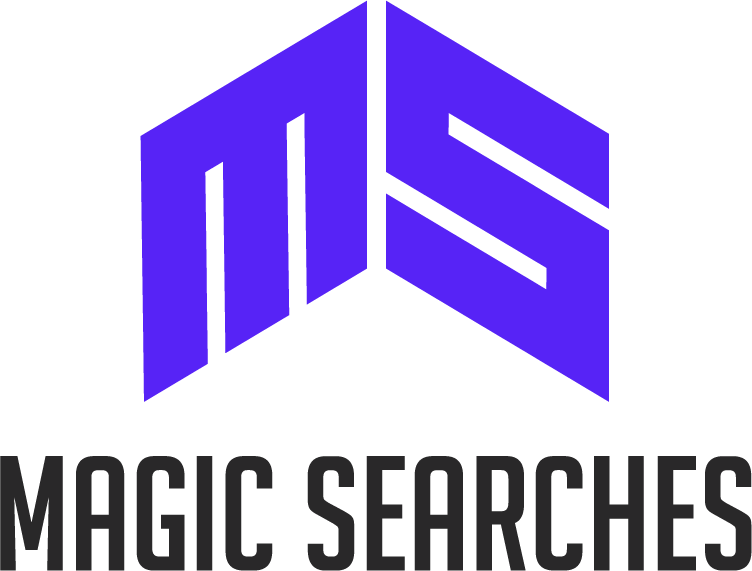Introduction:
In today’s fast-paced business landscape, staying competitive requires more than just a great product or service. It demands efficient workflows, streamlined operations, and effective management strategies. That’s where business software comes in! This article will guide you through the incredible benefits of leveraging business software and provide some invaluable tips and hacks to maximize their potential.
Table of Contents:
1. The Advantages of Business Software
a. Enhanced Productivity and Efficiency
b. Streamlined Operations and Cost Reduction
c. Improved Decision-Making through Data Analysis
d. Competitive Advantage and Business Growth
2. Essential Types of Business Software
a. Customer Relationship Management (CRM)
b. Enterprise Resource Planning (ERP)
c. Human Resources Management (HRM)
d. Project Management Tools
e. Accounting and Financial Management Software
3. Tips to Optimize Business Software Usage
a. Selecting the Right Software
b. Training and Familiarization
c. Regular Updates and Maintenance
d. Integration and Automation
e. Customization for Unique Business Needs
4. Industry Hacks for Business Software
a. CRM Hacks
b. ERP Hacks
c. HRM Hacks
d. Project Management Hacks
e. Accounting and Financial Management Hacks
1. The Advantages of Business Software
a. Enhanced Productivity and Efficiency:
Business software can revolutionize your operations by automating repetitive tasks, reducing manual errors, and empowering collaboration among teams. By streamlining various processes, employee productivity is boosted, leading to more efficient use of resources and valuable time saved.
b. Streamlined Operations and Cost Reduction:
With business software, you can efficiently manage your inventory, supply chain, and production cycles. This optimization helps in minimizing waste, lowering operational costs, and providing a seamless experience to your customers. Plus, the elimination of paper-based processes leads to a significant reduction in administrative expenses.
c. Improved Decision-Making through Data Analysis:
Modern business software empowers organizations with real-time data insights and analytics. By harnessing the power of data, businesses gain valuable visibility into key metrics, customer behaviors, trends, and market dynamics. This enables data-driven decision-making, fostering growth and staying ahead of the competition.
d. Competitive Advantage and Business Growth:
Implementing business software equips businesses with a competitive advantage by enhancing customer experience, improving product/service quality, and enabling strategic planning. It paves the way for scalability and expansion, allowing businesses to seize new opportunities and surpass their competitors.
2. Essential Types of Business Software
a. Customer Relationship Management (CRM):
CRM software helps businesses nurture customer relationships, manage sales pipelines, and improve customer satisfaction. With CRM, you can track customer interactions, automate marketing campaigns, and personalize customer experiences, ultimately enhancing customer retention and driving business growth.
b. Enterprise Resource Planning (ERP):
ERP software integrates various organizational functions, including finance, supply chain, manufacturing, and human resources. It enables seamless data flow, efficient resource utilization, and streamlines overall business operations.
c. Human Resources Management (HRM):
HRM software centralizes employee data, simplifies payroll management, automates recruitment processes, and provides tools for performance evaluation and employee development. Efficient HRM systems contribute to better employee engagement, talent retention, and effective workforce management.
d. Project Management Tools:
Project management software facilitates effective planning, collaboration, and execution of projects, enabling businesses to meet deadlines, stay within budget, and achieve project-specific objectives. It enhances teamwork, communication, and project tracking, ensuring successful project delivery.
e. Accounting and Financial Management Software:
Accounting software enables businesses to manage financial transactions, perform accurate bookkeeping, generate reports, and monitor cash flow. With these tools, businesses can streamline invoicing, handle payroll, comply with tax regulations, and make informed financial decisions.
3. Tips to Optimize Business Software Usage
a. Selecting the Right Software:
Consider your specific business needs, scalability requirements, and budget when selecting business software. Choose a solution that aligns with your goals, offers scalability, and comes with comprehensive support and updates.
b. Training and Familiarization:
Invest in proper training to ensure your employees are proficient in using the software’s features. Familiarizing your team with the software’s functionalities will maximize its potential and prevent overlooked benefits.
c. Regular Updates and Maintenance:
Stay up-to-date with software updates and patches to benefit from the latest features, security enhancements, and bug fixes. Routine maintenance will keep your software running smoothly and guard against potential vulnerabilities.
d. Integration and Automation:
Integrate your business software with other systems to streamline data flow and avoid duplicating efforts. Explore automation possibilities within the software to minimize manual workloads and increase productivity.
e. Customization for Unique Business Needs:
Explore customization options offered by the software provider to tailor the solution to your specific business requirements. Fine-tuning the software ensures it serves your organization’s unique workflows and processes.
4. Industry Hacks for Business Software
a. CRM Hacks:
Utilize CRM features like lead scoring, automated email workflows, and customer segmentation to optimize sales and marketing efforts. Leverage advanced analytics to identify customer preferences and tailor your strategies accordingly.
b. ERP Hacks:
Leverage inventory tracking and demand forecasting features to optimize supply chain management. Integrate your ERP with customer-facing systems to provide real-time order status updates and improve customer satisfaction.
c. HRM Hacks:
Automate routine HR processes like employee onboarding, leave management, and performance reviews to increase efficiency and engage your workforce effectively. Leverage analytics to identify skill gaps and plan targeted employee development initiatives.
d. Project Management Hacks:
Use features like Gantt charts, task dependencies, and agile project management techniques to enhance collaboration, monitor project progress, and meet deadlines effectively. Promote transparent communication and accountability among team members.
e. Accounting and Financial Management Hacks:
Implement customizable financial reports and budgeting tools to gain valuable financial insights, forecast accurately, and track expenses effortlessly. Integrate your accounting software with payment gateways to streamline order processing and receivables management.
Conclusion:
Business software can be a game-changer for any organization, irrespective of its size or industry. By enhancing productivity, streamlining operations, and enabling data-driven decision-making, it empowers businesses to unlock their full potential. Follow the tips and hacks provided in this article to make the most out of your chosen business software and steer your organization towards remarkable success.




